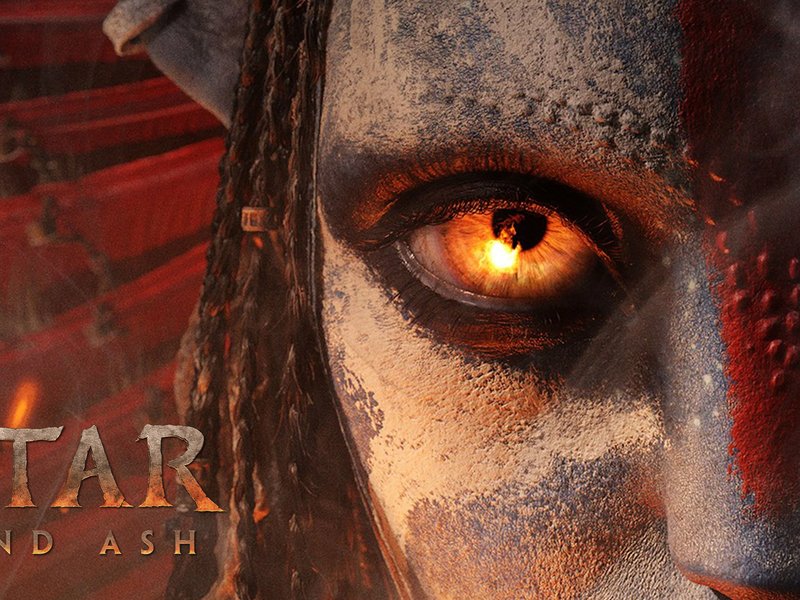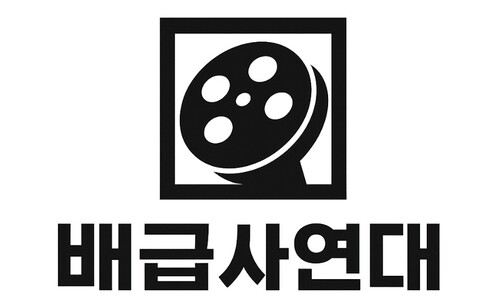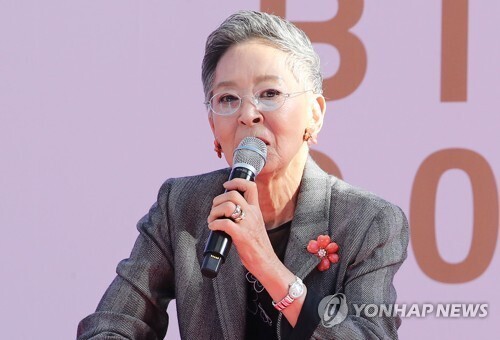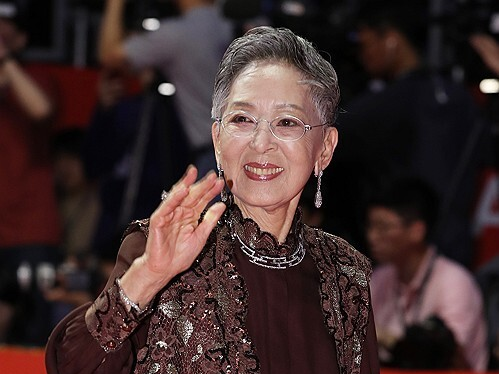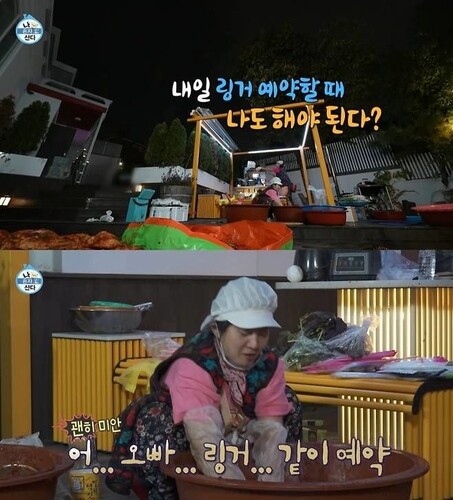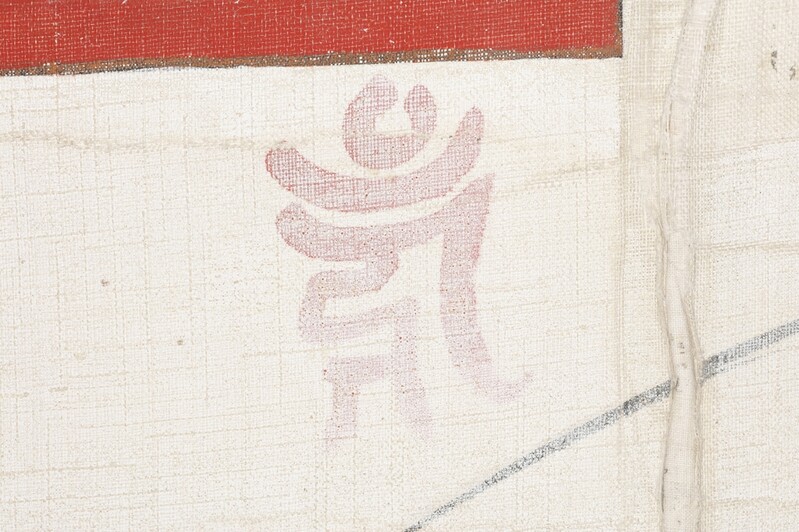 |
| ▲ This photo, provided by the Cultural Heritage Administration, shows the "Sanskrit Mantra" on the Unheungsa Gwaebultaeng. (PHOTO NOT FOR SALE) (Yonhap) |
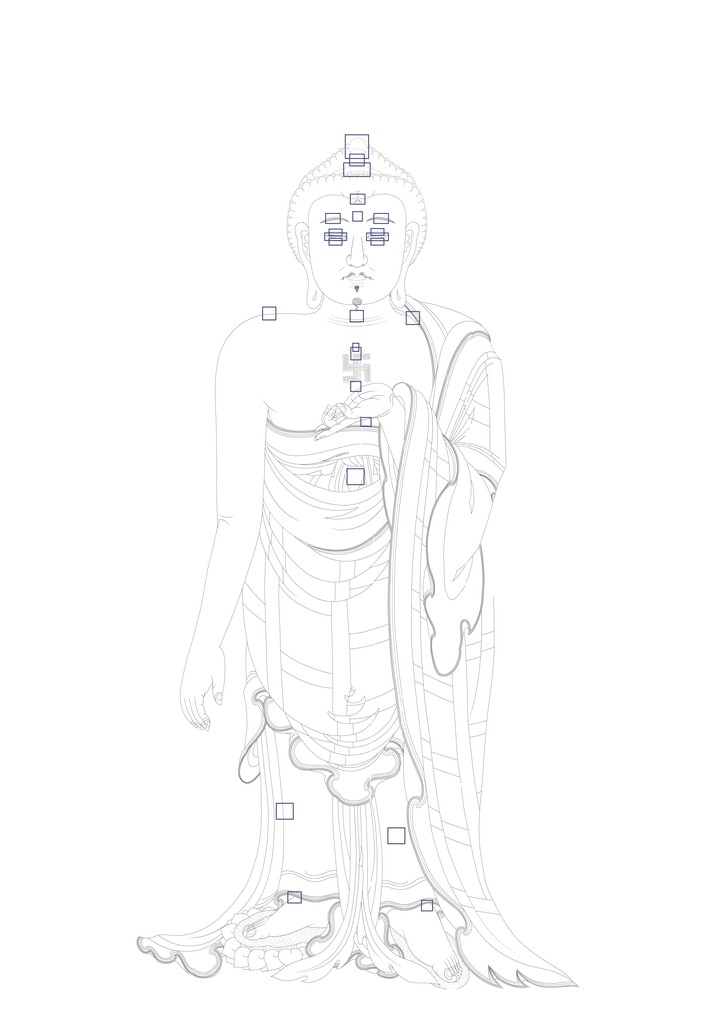 |
| ▲ This photo, provided by the Cultural Heritage Administration, shows the parts on which the "Sanskrit Mantras" were found. (PHOTO NOT FOR SALE) (Yonhap) |
 |
| ▲ This photo, provided by the Cultural Heritage Administration, shows the Anguksa gwaebultaeng seperated by the Screen Connection Separation. (PHOTO NOT FOR SALE) (Yonhap) |
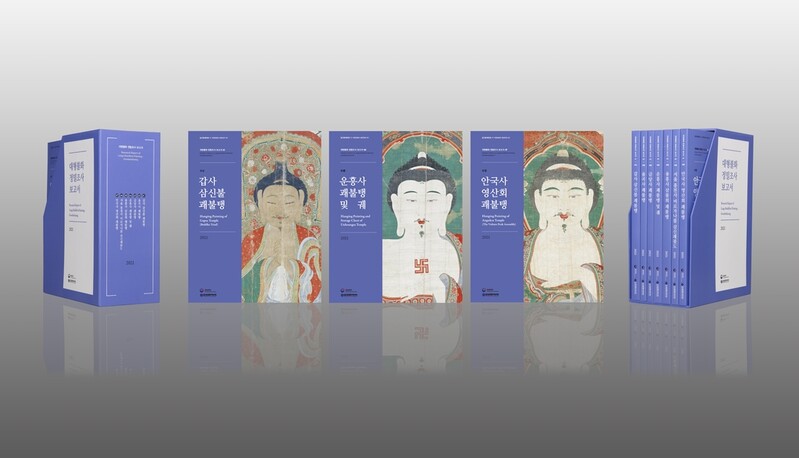 |
| ▲ This photo, provided by the Cultural Heritage Administration, shows the Daehyung Bulhwa detailed report. (PHOTO NOT FOR SALE) (Yonhap) |
SEOUL, Apr. 4 (Yonhap) -- According to the analysis, more than 150 ancient Indian characters, "Beonmja" or "Sanskrit Mantra," were drawn on a 300-year-old Buddhist painting, "Gwaebultaeng" of the late Joseon Dynasty, which are in the collection of a Buddhist temple called Unheungsa in Goseong, Gyeongsangnam-do.
Gwaebul, a large Buddhist Banner painting is created for big outdoor Buddhist ceremonies including the Celebration of Buddha's Sermon on Vulture Peak Mountain and Suryukjae. As one of the representative Buddhist Cultural Heritage of the Joseon Dynasty, Buddha is painted on a large burlap or silk, which is about 10m in length.
As a result of a recent investigation from the Cultural Heritage Administration about the Unheungsa Gwaebultaeng, it said, "It is estimated that more than 150 characters, including some missing or invisible characters were written on the Buddhist painting screen."
These Sanskrit mantras were recorded on the head, forehead, on top of the eyes, pupils, under the eyes, lips, chest, stomach, legs and many more on the Buddhist painting. The characters were also found at the back.
Thus, writing Sanskrit mantras on a newly made Buddha or Bodhisattva shows that it has the value of exalting it as an object of worship.
Another example of having the Sanskrit mantras written is the "Gaeamsa Gwaebultaeng" in Buan-gun, Jullabuk-do. In this Bodhisattva, 118 characters were found on the forehead, eyes, neck, chest, shoulders, knees and feet.
The investigation team found out that the 8.7m wide and 1.7m long fabric that wrapped around the Unheungsa Gwaebultaeng was a tak-eu. A tak-eu is an item that covers a Buddhist altar or table during a large event at a temple. It is presumed that the Unheungsa Tak-eu was originally used for outdoor ceremonies.
The Gwaebultaeng of Unheungsa Temple was painted in 1730, during the year of King Yeongjo 6 years of the Joseon Dynasty by Buddhist Monk Uigyeom and others. It is evaluated for its characteristics including a figure with proper body proportions, harmonious bright colors, diverse patterns and an arrangement that makes the central figure stand out.
(This article is translated from Korean to English by Haemin Kim.)
(END)
(C) Yonhap News Agency. All Rights Reserved







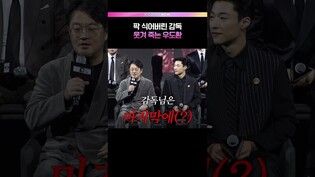

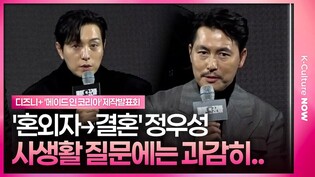
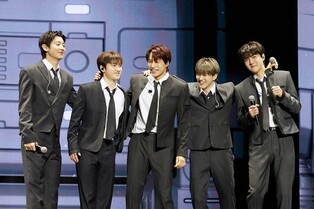
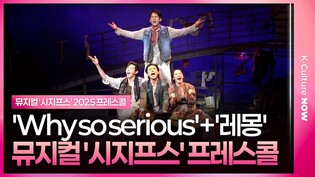
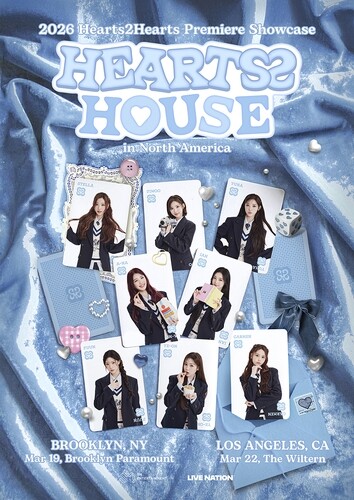
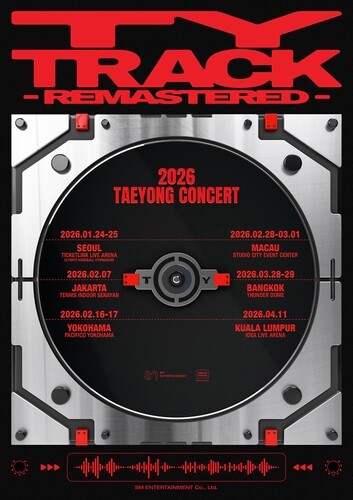

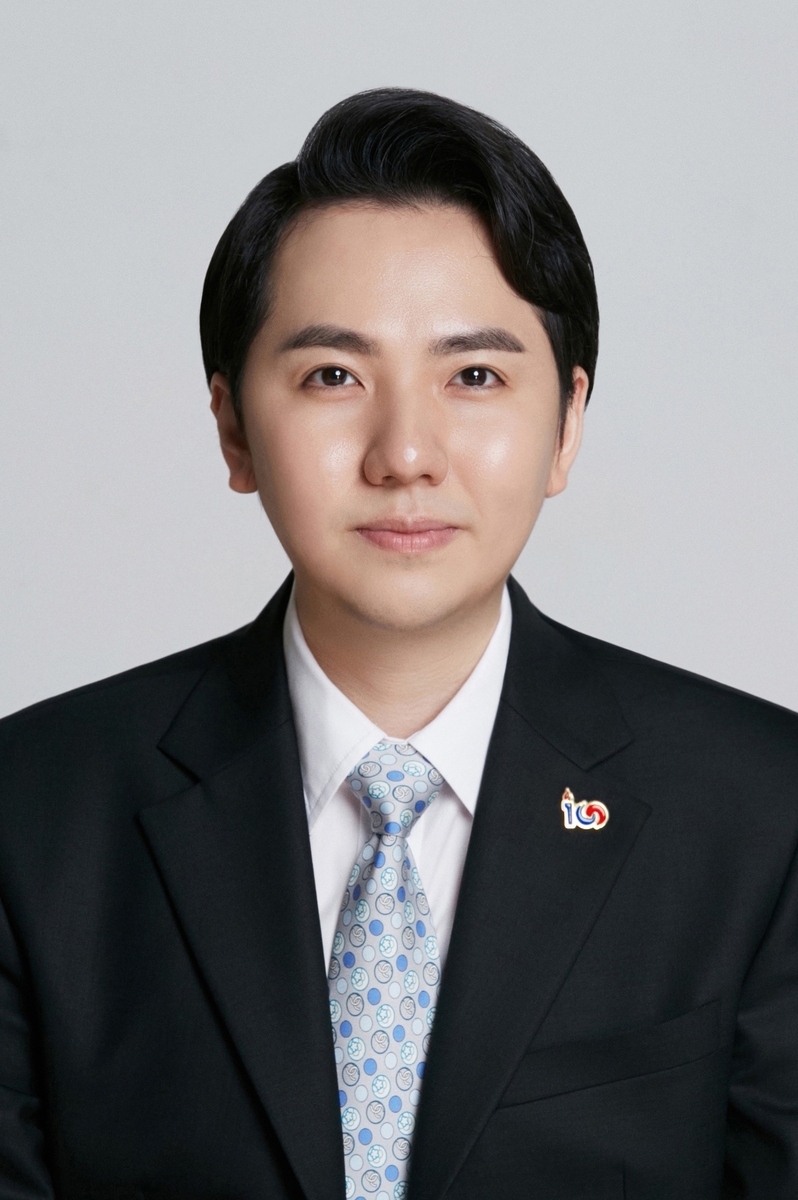
![[가요소식] 하츠투하츠 내년 3월 북미 쇼케이스 개최](https://korean-vibe.com/news/data/20251216/yna1065624915956235_448.jpg)
![[가요소식] 군 복무 마친 NCT 태용, 내달 단독 콘서트](https://korean-vibe.com/news/data/20251216/yna1065624915956223_957.jpg)
